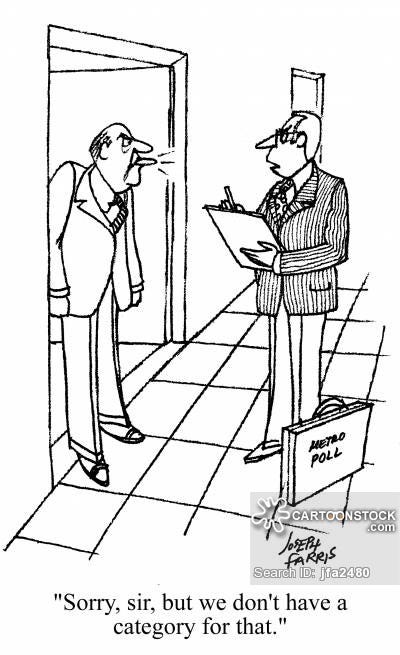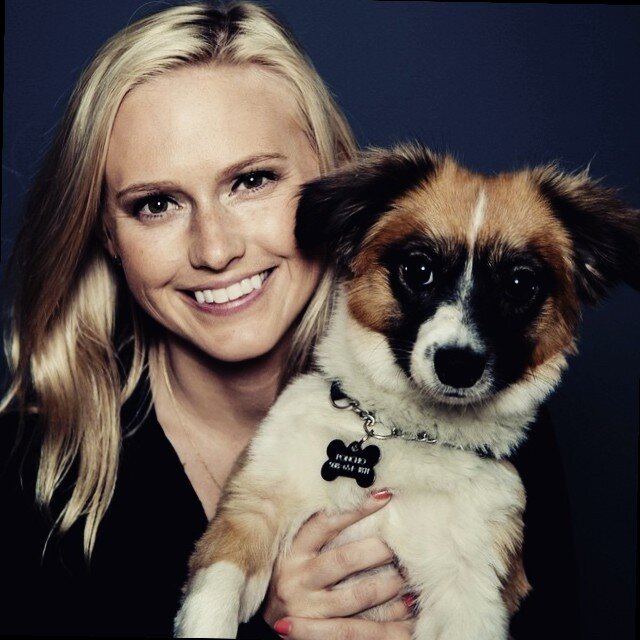First-person surveys in User Research
Making surveys more personal

Surveys can be looked at as a controversial user research methodology. At one end, they give a large amount of quantitative data, which makes stakeholders feel more comfortable making decisions. On the other side, they turn users into numbers and don’t allow us to dig deep in understanding the “why.”
I know companies that rely solely on survey data to make data-driven decisions. They include comment boxes with the hope users will leave a message explain their survey response. I tend to leave responses, since I have user research guilt that requires me to give feedback to others, but I know the majority of people do not.
In my opinion, I don’t believe surveys are enough of a user research tool to drive better decisions, on their own. At times, I feel as though companies use surveys as a way to feel like they are being customer-centric. When you only use one method of user research, or use only quantitative or qualitative data, you are missing other pieces of the puzzle that can give you a more robust and empathetic understanding of your users.
But, there is a way to make our surveys more effective…
How could we use surveys effectively?
As I mentioned, using surveys as the sole methodology can be detrimental, but that doesn’t mean there isn’t a place for surveys in a user research practice. Surveys can be a great complement to qualitative research and they give you big numbers, which helps with gaining momentum and buy-in.
We want our users to tell us stories about their experiences, even in our surveys. Stories are powerful because they tell us what the person actually did, instead of what they think they might do in a given situation. What people say they would do versus what they actually do can lead to two very different scenarios.
First-person questions push respondents to answer with what they actually did, instead of projecting potential future behavior in a given scenario or opinions. The best predictor of future behavior is past behavior, so it is important to use this method regardless of the type of survey question. This is the way to turn a survey from an impersonal form, to something easier and more personal for a user to fill out.
For example:
- Third-person question: “What is the hardest part of our check-out process?”
- First-person question: “The hardest part I encountered during the check-out process was…”
I like using surveys in four different ways (There are many more reasons to use surveys, but these are my favorite):
- Providing an understanding of the direction your next qualitative research project should go in
- Validating/disproving hypotheses from qualitative projects
- Honing in on specific concepts that come out of other projects
- Receiving feedback on features
Other Tips for Phrasing Questions:
When trying to write effective surveys, keep these tips in mind:
- Make sure to focus on or include open-ended questions
- Keep the language as simple as possible (average literacy rate is around 5th grade)
- Make sure questions are short
- Watch out for double-negatives
- Avoid double-barreled questions (asking two questions in one)
- Include ‘I don’t know’ or ‘Not applicable’ options
- Don’t lead the user (don’t ask questions like, “how helpful is our app?”)
Types of Questions
- Likert Scale Questions (quantitative)
After using [new feature name] I would rate my experience as a [1(very bad) to 7 (very good)] - Follow-up Open-Ended Questions (qualitative)
I rated this feature as a [5] because __________ - Open-Ended Questions (qualitative)
If I could change anything about this product, I would ________
By using the first-person question writing technique, we can get truly authentic and personal responses through a survey, which is all you can hope for when conducting user research. This makes the controversial “survey as a user research method” a time- and cost-effective option for companies (in addition to other research methods, of course). Let’s look at how we are writing surveys by making sure they are delightful for our users, and allow them to tell us their stories.
[embed]https://upscri.be/ux[/embed]
